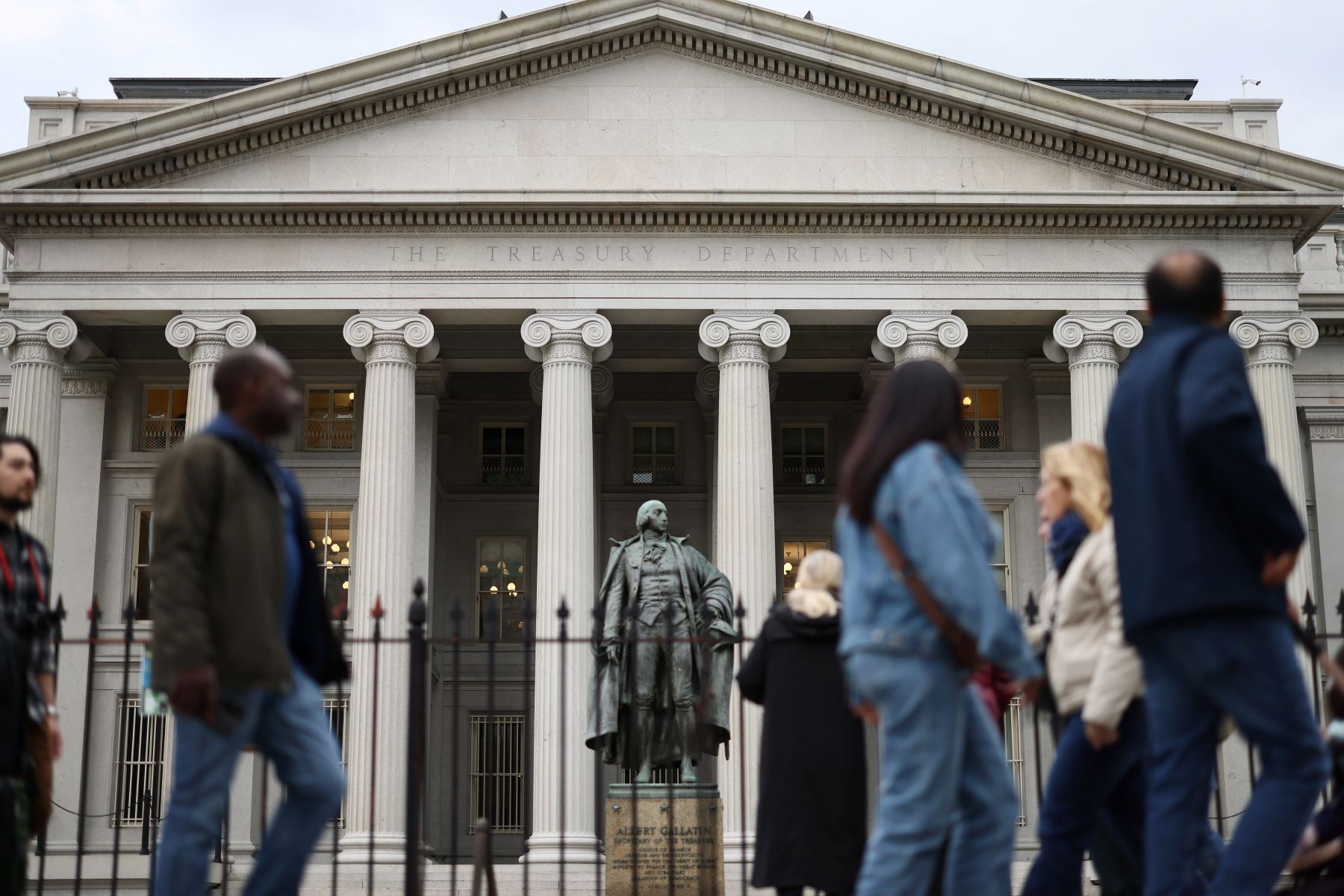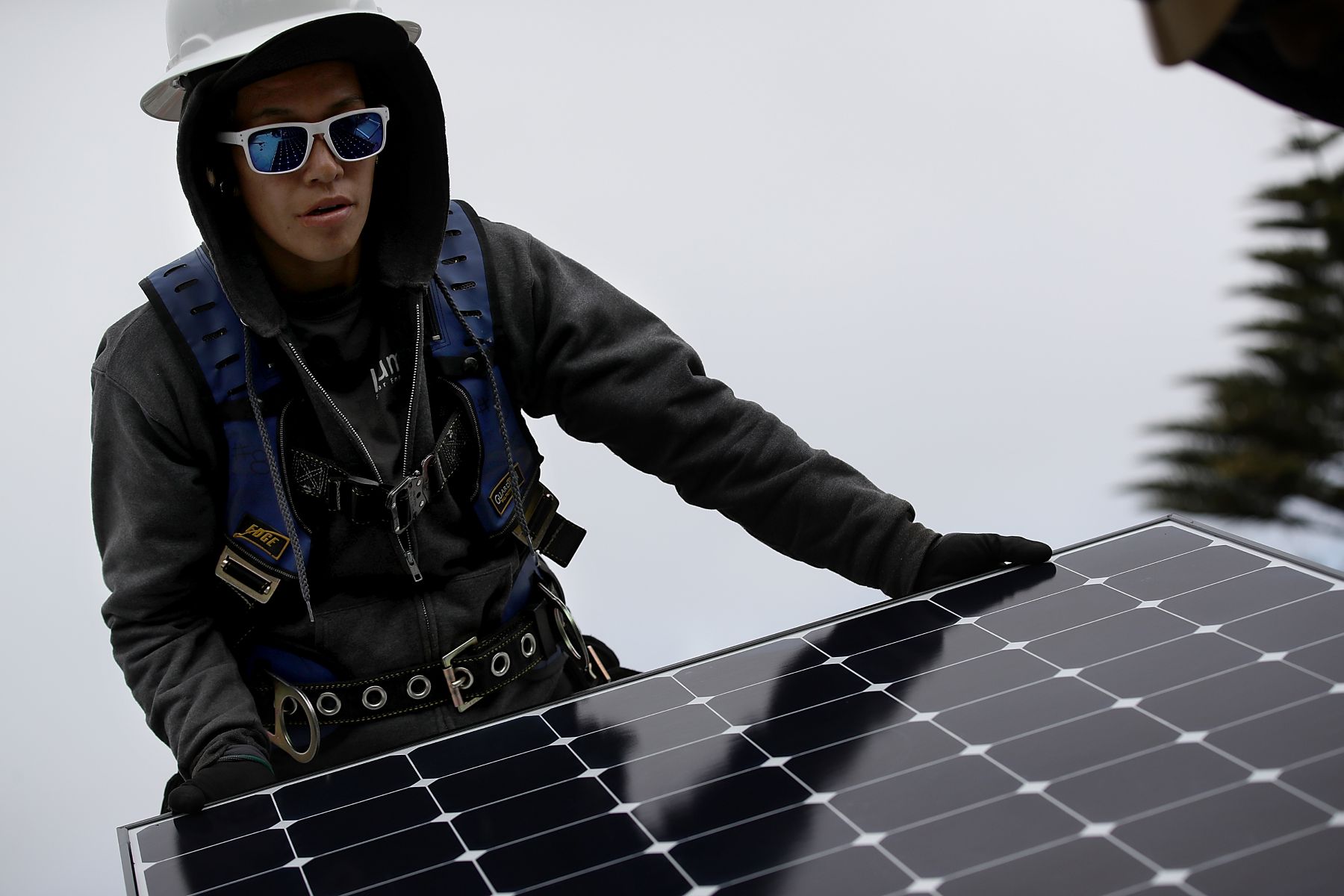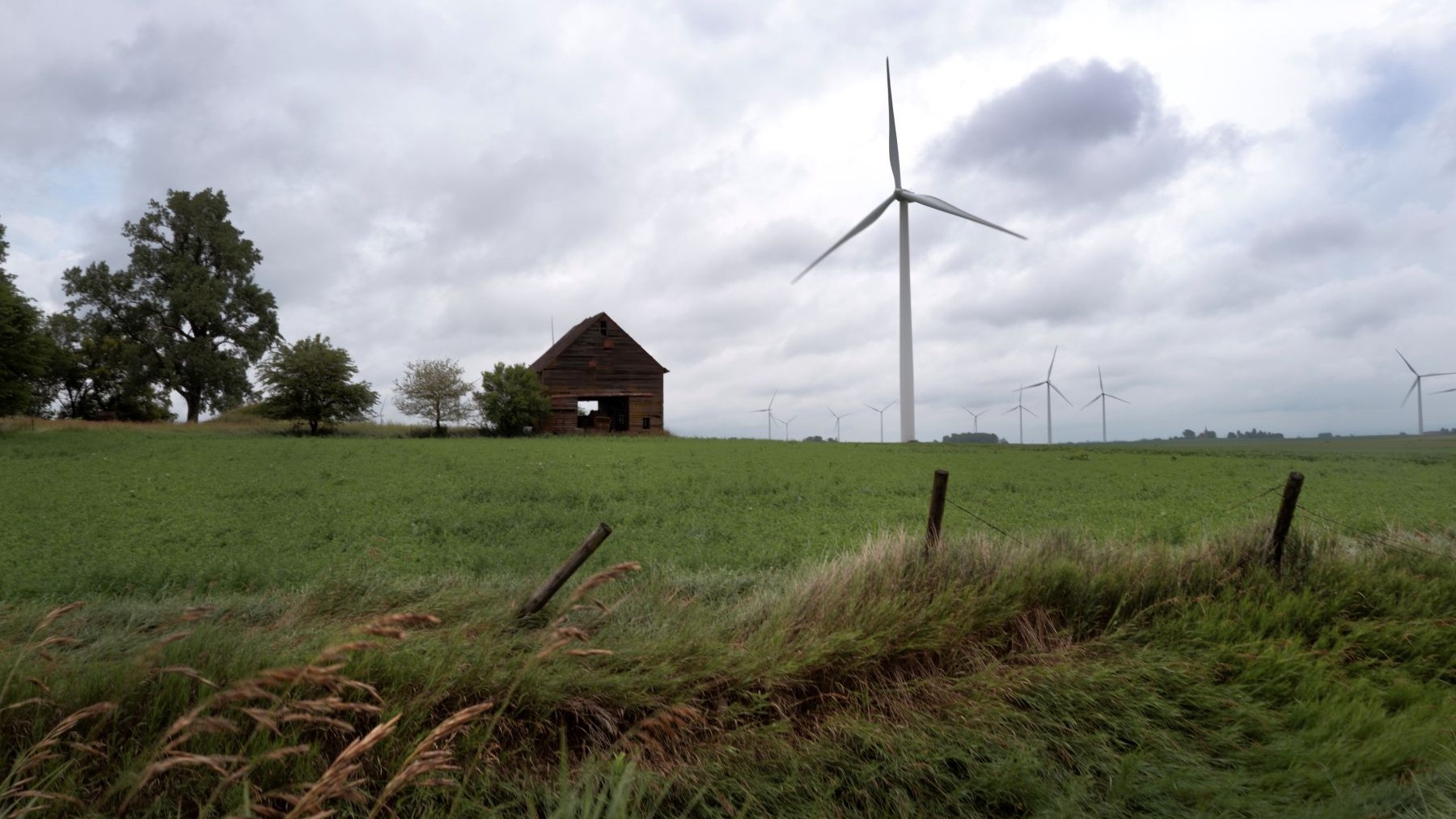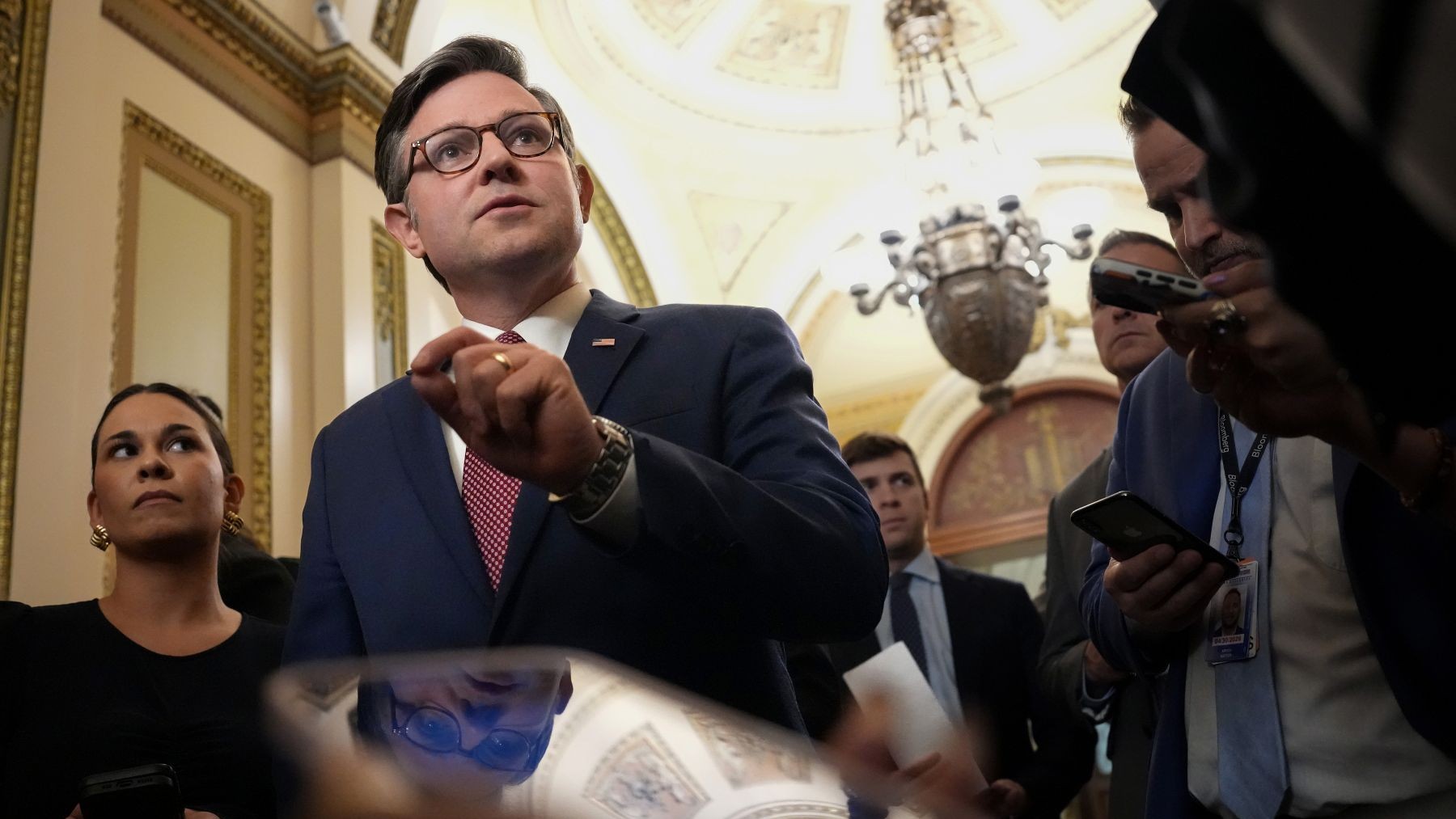On August 15, the Treasury Department released new, punitive guidance that limits which solar and wind projects qualify for federal tax credits before they expire next summer. After failing to fully repeal clean energy tax credits through Congress, the Trump administration is now using unlawful executive actions to sabotage low-cost wind and solar energy. But there are still ways for states and clean energy companies to fight back.
What Does the New Guidance Say?
Although Trump and hardline Republicans tried to repeal all clean energy credits with the “One Big Beautiful Bill” (OBBB), the final law opted to phase out long-standing tax credits for solar and wind energy projects that don’t come online by 2028. It provided an exception for new projects that begin construction by July 4, 2026, a year after the bill’s passage.
Now, with updated guidance, the Trump Treasury Department is trying to sidestep Congress and go outside of the law to effectively end the credits earlier and block low-cost clean energy projects that diversify energy sources to the grid, lower energy bills, and cut pollution.
Two New Restrictions for Wind and Solar Projects, Explained
The new guidance creates new harsh requirements for two key aspects of the tax credits: “commence construction” requirements and “continuity” requirements. Effective September 2, the new guidance impacts wind and solar projects planning to claim the Production Tax Credit (45Y) and Investment Tax Credit (48E) by the July 4, 2026 deadline. The rules are not retroactive.
1. Commence Construction Guidance
The phaseout timeline for solar and wind credits specifies that a project will need to commence construction by July 4, 2026, to claim the credits (or be placed in service by December 31, 2027).
For years, “commence construction” meant one of two things: Either the project had begun “physical work” of a significant nature (including tasks like laying foundation or manufacturing key parts) or achieved “safe harbor” by spending at least five percent of total project costs.
This new guidance eliminates the five percent safe harbor for all wind and solar projects that are larger than 1.5 MW, meaning these projects must now rely solely on the physical work test to prove they have begun construction. This will significantly hinder commercial-scale wind and solar development, making it harder to build affordable energy. This abrupt reversal of a long-standing practice goes beyond even radical Republicans in Congress's intent in the OBBB to provide a transition period before ending these tax credits.
2. Continuity Requirements
In previous administrations, in order to claim the clean energy tax credits, the taxpayer had to show that they were meeting either the test for continuous construction or continuous efforts to complete the facility once the project had begun construction. This allowed taxpayers to earn the credit as they were building the facility, respecting the fact that delays may occur for a variety of reasons.
With the new guidance issued by the Trump administration, the credit will only be given if the taxpayer can demonstrate continuous construction; the test of continuous effort is no longer permitted. This means that any delay in construction would put the tax credit in jeopardy for a project, even if the developer is making efforts to complete the facility.
New Treasury Rules Break Promises, Cost Jobs, and Hurt the Economy
By meddling with tax credit implementing rules, Trump is trying to create legal headaches and delays that will prevent clean energy projects from commencing construction in time to claim the credits. That directly leads to fewer low-cost energy projects being built and higher costs for those that do.
All this leads to higher bills for Americans already struggling to keep up with the cost of living.
Trump promised over four dozen times that he would cut energy prices in half within 18 months. But every action he takes to fulfill his vendetta against renewable energy has moved us in the wrong direction. Phasing out the wind and solar tax credit is already set to increase average energy bills by $110 next year and up to $400 annually within a decade. Further meddling with the credits will only make that increase worse.
By stymying an entire, thriving sector of the economy, Trump’s anti-clean energy policies are projected to eliminate 900,000 jobs. Rather than winning the industries of the future, the Trump administration is erecting more red tape. He claims to support “energy dominance,” but the updated guidance is an attempt to kill the two technologies that the private sector has actually been deploying at scale. After all, renewables are cheaper and faster to build than any other generation technology.
Despite Trump’s best efforts, this is by no means a death knell for renewables, which have secured their place in the market. But it does mean that projects urgently need help getting over the finish line.
Four Actions States Must Take Immediately
States must take action to speed along projects so they can begin construction before July 4, 2026, and claim these credits. Meeting that target is now harder, with more punitive safe harbor and continuity definitions—meaning it’s more important than ever for states to step in to assist.
Several states have already taken actions that should be replicated elsewhere. These moves fall into four categories.
1. Coordinate Across Agencies to Help Navigate Project Barriers
Governors can ease clean energy deployment by creating cross-agency task forces to quickly resolve regulatory and logistical issues. States can use this approach to help commercial projects move swiftly toward construction. States can also aid residents in claiming solar tax credits before they expire by issuing clear public guidance.
2. Fast-Track Clean Energy
State leaders should collaborate with utilities to speed up renewable energy projects and procurements before federal tax credits lapse. Maine offers a model: Its Public Utility Commission gave developers two weeks to propose projects on contaminated land, and the legislature passed an emergency bill to fast-track the process, bypassing the usual 90-day delay for new laws
3. Advance Permitting and Siting Reforms
Governors should use existing authority to streamline siting and permitting for solar and wind projects. This could mean reducing state review requirements and introducing “shot clocks” that set firm deadlines for permit decisions, cutting delays and empowering property owners to act quickly. This shot clock process for permitting decisions is done in New York, giving the state authorities up to one year to make a determination on the siting permit, with a six month timeline for redeveloped sites like brownfields.
4. Press Grid Operators to Speed Up Grid Interconnection
With over 11,000 mostly clean energy projects stalled in long interconnection queues—some waiting up to five years—states should press for faster approval timelines. Pennsylvania’s Governor Shapiro, for example, has publicly pushed the regional transmission organization PJM to accelerate its review process.
Time Is of the Essence
Ensuring that low-cost clean energy can be built in time to take advantage of federal support will require all hands on deck. Recent Treasury guidance made that work harder. States that care about energy prices and climate change targets must step up to fill the gap. There’s no time to waste.
About the Contributors to This Blog







